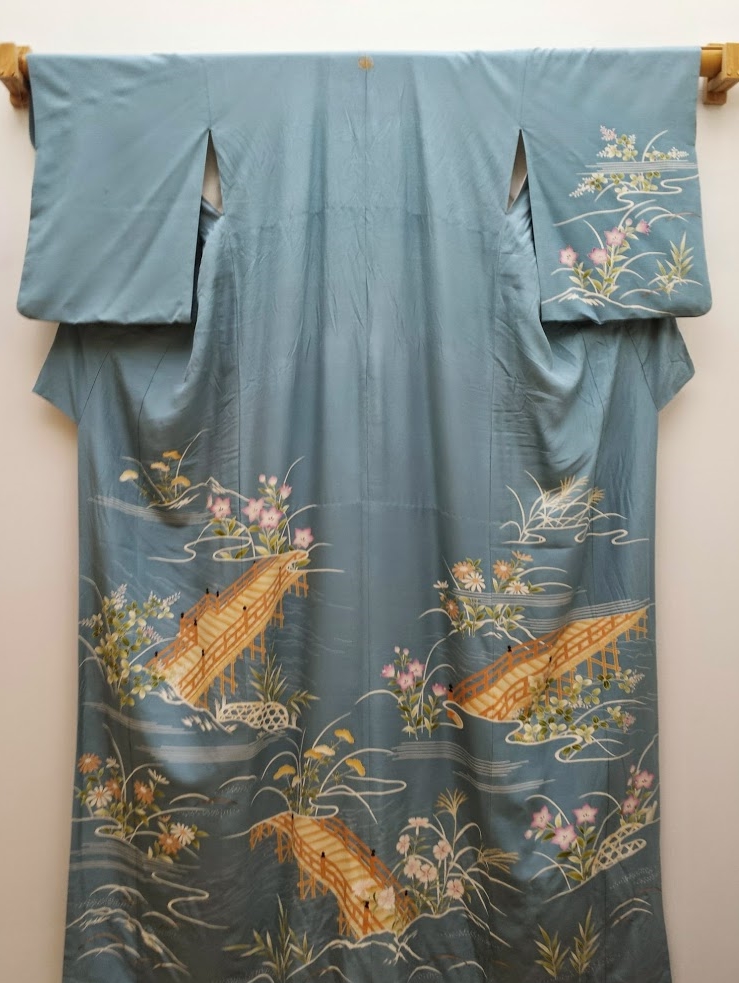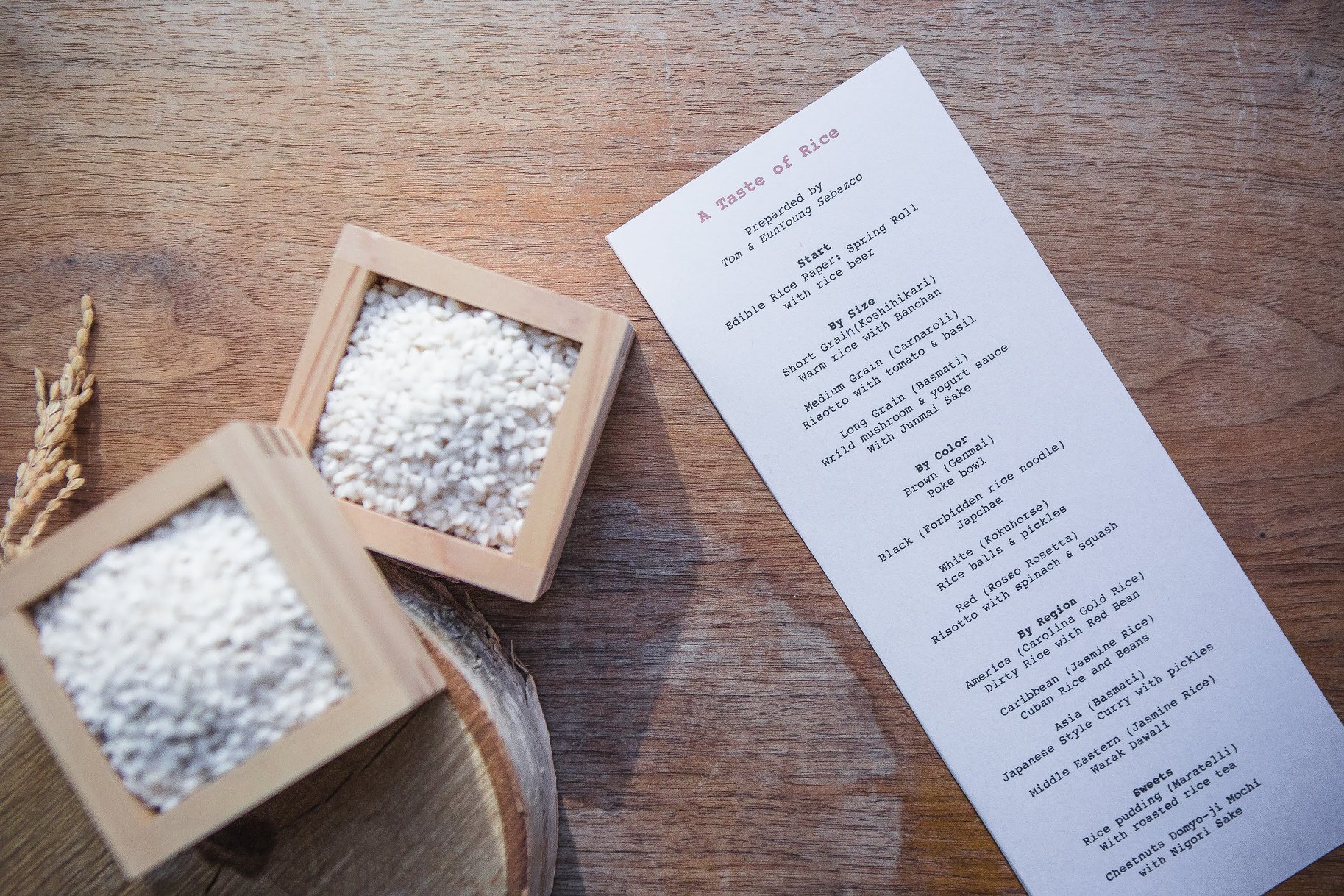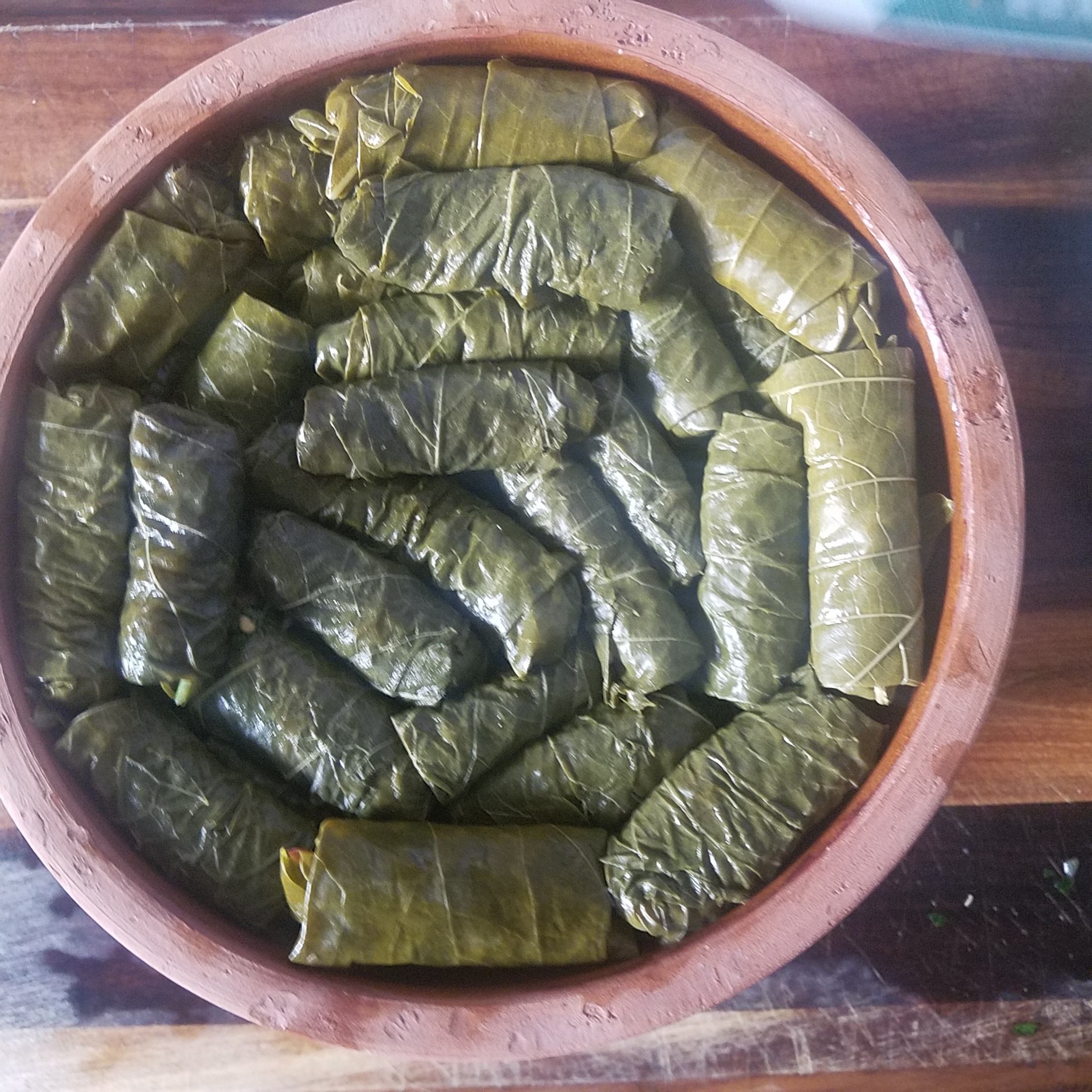Yuzen-dyeing Kimono: technique
/The Yuzen dyeing technique begins by outlining a drawn pattern on the Kimono fabric with a mixture of rice paste containing glutinous rice powder, rice bran and lime. The dried rice paste mixture, called a paste resist, provides a barrier to prevent the brushed on dye from seeping into other parts of the fabric. After the paste resist dries the fabric is painted with a brush using the desired dye colors. When the paint is dry, the fabric is smoothed with steam in order to adjust the length and width, and to remove the rice paste.
Photo Credit: galleryjapan.com
Developed at the end of the 17th century, this technique of handcrafting Kimono patterns is still the most prestigious in Japanese textile culture. The process is very expensive. In order to make Yuzen Kimonos more widely available, labor-saving costs were necessary. Today the techniques have been modified and developed to adapt to western technology in order to mass produce the Kimonos affordably. Yuzen-dyed Kimonos are the most popular in Japan.













